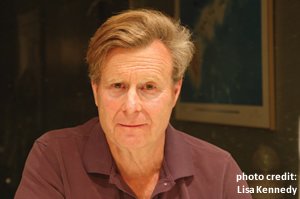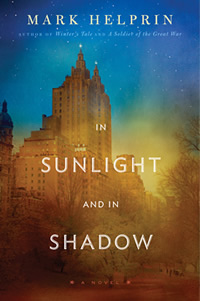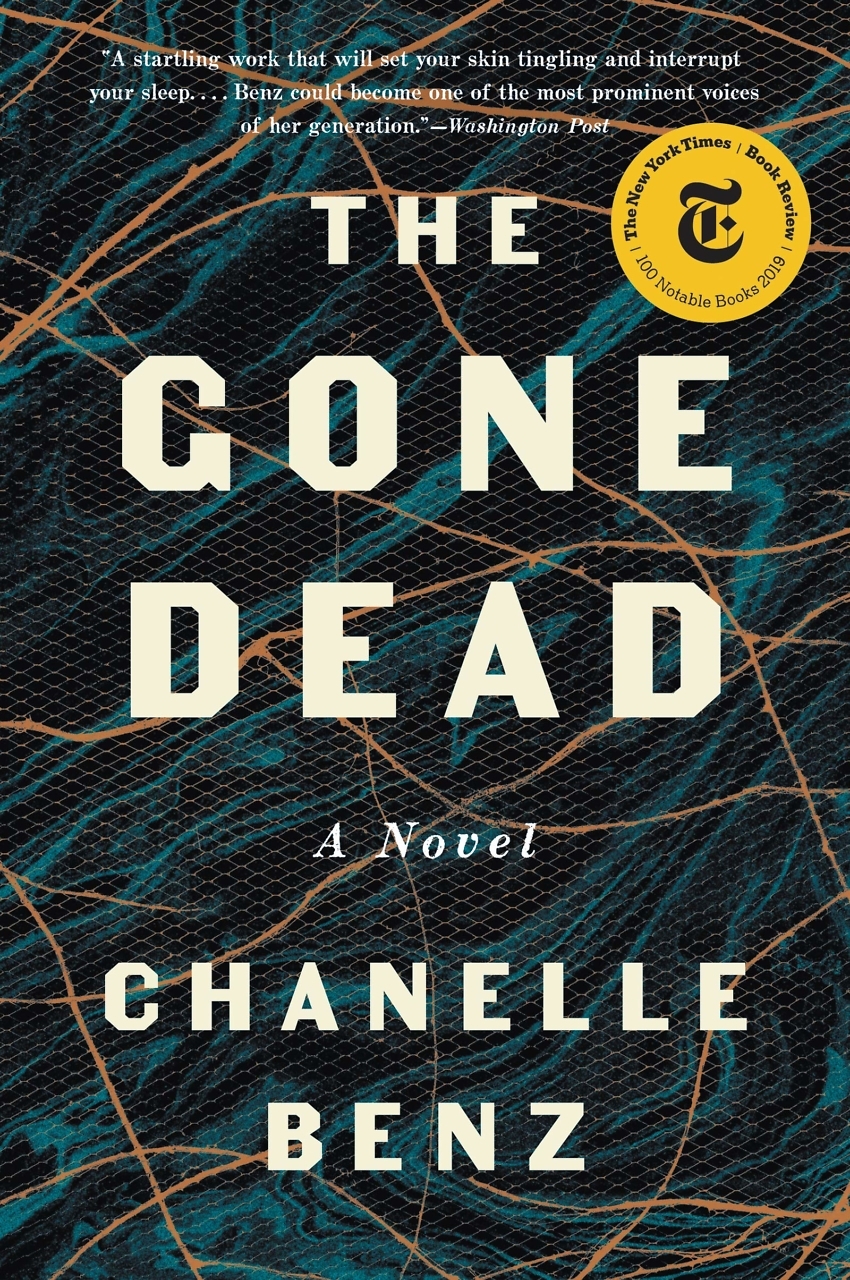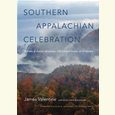Razor Close to Being in Love
Mark Helprin talks with Chapter 16 about his new novel, his enchantment with New York, and his first hopeless love
Mark Helprin’s first novel in seven years, In Sunlight and in Shadow, makes post-war New York City an essential part of the love story between a returning soldier, Harry Copeland, and Catherine Hale, with whom he falls in love at first glimpse on the Staten Island Ferry. Catherine is young, beautiful, rich, and utterly miserable. The twists and turns in their against-the-odds romance include subplots that involve organized crime, the hermetic world of Broadway theater, and an angry ex-fiancé. Early critical praise for this new novel calls attention to its gorgeous use of language, a trademark of the Helprin’s work. He is the bestselling author of the modern classics Winter’s Tale and A Soldier of the Great War, among other novels. Prior to his appearance at the Southern Festival of Books, held in Nashville October 12-14, Helprin answered questions from Chapter 16 via email:
Chapter 16: Let’s start right at the beginning. The chapter titles in your new novel are lovely. Did you intend for them to read like the titles of poems?
Mark Helprin: No, but I’ve always liked to read the table of contents and first-line index of collected poems—Yeats’s, for example. It’s almost like an art form. I find it easy to come up with chapter titles but harder to title a whole book. Perhaps that’s because there’s so much more in a book than in a chapter, and the title has to convey correspondingly more.
Chapter 16: You write, “To be in New York on a beautiful day is to feel razor-close to being in love.” Anyone who has been in New York on a beautiful day will know exactly what you mean. What memories of New York helped you create the city as a character in its own right? For you, does the city still carry the magic of an earlier era?
 Helprin: I was born in New York, as were my parents (well, Patterson and Brooklyn). Although I now live in the Virginia Piedmont, my family has been in New York since the 1870s. For me, the enchantment and fascination can never end, because the city is tied to most of the people I’ve loved in my life. I see it as an armature of the emotions, and physically it has a magic that can’t be denied: the topography, the density, the rivers, buildings, bridges, everything on an immense scale, moving as fast as a roller-coaster. And when it is quiet and slow, it’s like heaven or the eye of a hurricane.
Helprin: I was born in New York, as were my parents (well, Patterson and Brooklyn). Although I now live in the Virginia Piedmont, my family has been in New York since the 1870s. For me, the enchantment and fascination can never end, because the city is tied to most of the people I’ve loved in my life. I see it as an armature of the emotions, and physically it has a magic that can’t be denied: the topography, the density, the rivers, buildings, bridges, everything on an immense scale, moving as fast as a roller-coaster. And when it is quiet and slow, it’s like heaven or the eye of a hurricane.
Chapter 16: Harry Copeland is a soldier home from World War II, still recovering from psychological wounds. How have your own experiences as a soldier defined your fiction?
Helprin: Apart from the shock and tragedy, my experience has enabled me to write accurately (I believe) about being a soldier, rather than thriller-style, which is to serving in a war zone what the paint-company ads with well-dressed, smiling people painting in a room with no sweat, dirt, drips, spills and unmanageable tarps are to what it’s really like to paint.
Chapter 16: What love stories, both real and fictional, inspired you to write this transcendent book?
Helprin: For Catherine, the first cut, as they say in French—but only the first cut—started more than half a century ago, in Eastern Long Island, in the summer. She was a Broadway actress in her late twenties and a great success. I wasn’t even fifteen. She didn’t know I existed, but I knew that she did.
Chapter 16: Can you tell us how an ending comes to you? Did you know the fate of the lovers Harry and Catherine when you started, or did it come as a surprise to you?
 Helprin: I didn’t know until it happened, although in most other books I start with the last sentence in mind and then work my way to it, somewhat like throwing a stone (or a silver dollar) into a lake and then going after it. With this book it was different. For me, the characters seemed so real that they did what they wanted. That’s very strange considering that I was supposedly in control.
Helprin: I didn’t know until it happened, although in most other books I start with the last sentence in mind and then work my way to it, somewhat like throwing a stone (or a silver dollar) into a lake and then going after it. With this book it was different. For me, the characters seemed so real that they did what they wanted. That’s very strange considering that I was supposedly in control.
Chapter 16: Your last novel, Freddy and Fredericka, was published in 2005, before ebooks became a fact of life for readers. What’s your opinion about the experience of reading electronically?
Helprin: I’ve never done it. I’m sixty-five, and having read many thousands of paper books, I’ve developed an affection for the form. I enjoy it so much that I see no reason to leave it.
Chapter 16: You have written a novel, Winter’s Tale, that is considered a modern classic and that has been in print continuously for almost thirty years. To give hope to struggling writers out there, can you describe what it feels like to have accomplished such a thing?
Helprin: This week, Winter’s Tale was number twelve on the New York Times Bestseller List, twenty-nine years after first publication, and thirty-five years after I began to write it. That makes me feel like Wiley Coyote after he runs off the cliff and remains suspended in the air, until he looks down. I try not to look down.
Mark Helprin will discuss In Sunlight and in Shadow at Nashville’s Southern Festival of Books on October 13 at 12:30 p.m. in the Grand Reading Room at the Nashville Public Library. All festival events are free and open to the public.





